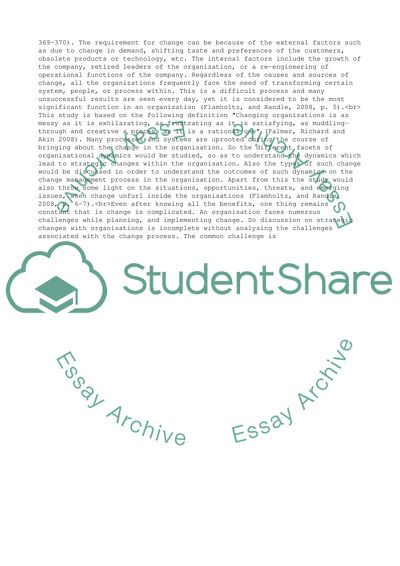Cite this document
(“Changing organizations is as messy as it is exhilarating, as Assignment”, n.d.)
Changing organizations is as messy as it is exhilarating, as Assignment. Retrieved from https://studentshare.org/business/1607680-changing-organizations-is-as-messy-as-it-is-exhilarating-as-frustrating-as-it-is-satisfying-as-muddling-through-and-creative-a-process-as-it-is-a-rational-one-palmer-et-al-2009
Changing organizations is as messy as it is exhilarating, as Assignment. Retrieved from https://studentshare.org/business/1607680-changing-organizations-is-as-messy-as-it-is-exhilarating-as-frustrating-as-it-is-satisfying-as-muddling-through-and-creative-a-process-as-it-is-a-rational-one-palmer-et-al-2009
(Changing Organizations Is As Messy As It Is Exhilarating, As Assignment)
Changing Organizations Is As Messy As It Is Exhilarating, As Assignment. https://studentshare.org/business/1607680-changing-organizations-is-as-messy-as-it-is-exhilarating-as-frustrating-as-it-is-satisfying-as-muddling-through-and-creative-a-process-as-it-is-a-rational-one-palmer-et-al-2009.
Changing Organizations Is As Messy As It Is Exhilarating, As Assignment. https://studentshare.org/business/1607680-changing-organizations-is-as-messy-as-it-is-exhilarating-as-frustrating-as-it-is-satisfying-as-muddling-through-and-creative-a-process-as-it-is-a-rational-one-palmer-et-al-2009.
“Changing Organizations Is As Messy As It Is Exhilarating, As Assignment”, n.d. https://studentshare.org/business/1607680-changing-organizations-is-as-messy-as-it-is-exhilarating-as-frustrating-as-it-is-satisfying-as-muddling-through-and-creative-a-process-as-it-is-a-rational-one-palmer-et-al-2009.


